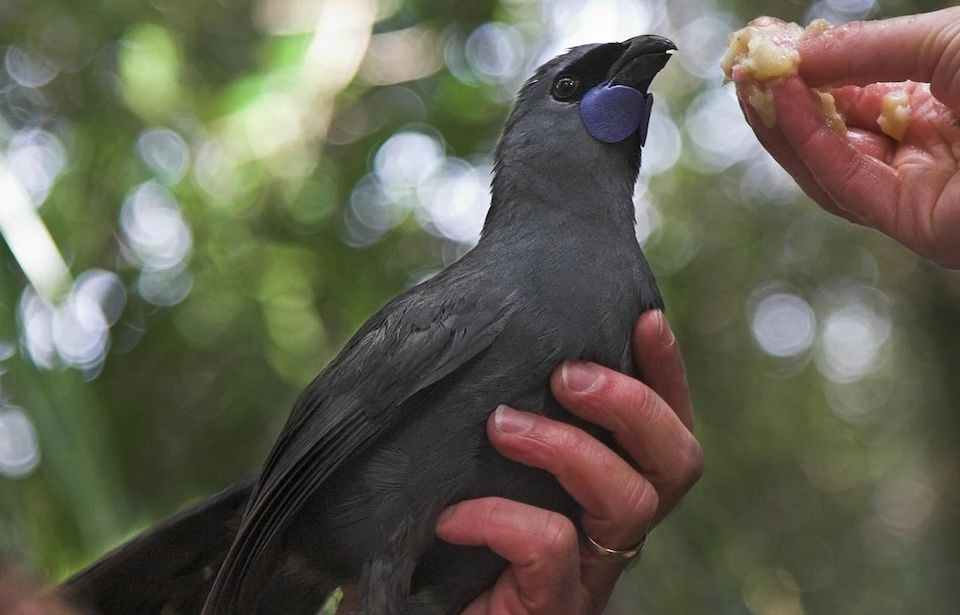Predator Free 2050: cost of eradication drops due to new technology
• May 1, 2024

Predator Free 2050 aims to eradicate the country of rats, stoats, and possums so that our native species can flourish again. Photo: Mike Locke
The cost of predator eradication is being brought down by the development of innovative technology as a part of the Predator Free 2050 programme.
Rob Forlong is the CEO of Predator Free 2050 Limited, the Crown-owned company set up to run the programme.
Forlong says that the initial estimate made in the early stages of the programme has since been more than halved.
“There was a study done that thought it would cost $32b – a huge amount of money.
“Based on what it’s costing particularly in the remote areas, we think that cost is now closer to $8-10b.”
According to Forlong, it’s new tools and techniques that are making eradication efforts more efficient, with the cost per hectare dropping from over $1200 per hectare to $300-$400.
“Self-resetting traps have already been a game-changer, particularly for possums. Artificial intelligence, increasingly so as well.”
The AT220 Possum trap can reset itself after killing an animal and uses A.I. to distinguish between predators and native species. It also sends its own diagnostic reports – meaning rangers don’t have to constantly go out and check it.
“All of those things are huge labour-savers.”
There has also been a breakthrough with norbormide, a toxin that only affects rats but which, up until recently, had been unpalatable for the rodents.
“There’s a company that’s cracked that issue now, so that’s now in registration to be used as a toxin.”
Despite these positive developments, Forlong says that achieving the goal of complete predator eradication is not going to be an easy task.
“There’s a saying that says – ‘if you think you can or you think you can’t, then you’re probably right’ – and we’re in that sort of position.
“So if we really want to do it, we can do it; and the funding – it will be a big ask, there’s no doubt about that. $8 billion, which is the bottom of the estimate, is a lot of money.”
Forlong says that the only way that Predator Free 2050 will be successful is if the nation is completely behind it.
“I always say if the community wants to do this, we can do it. But if they think it’s too expensive, or they think it’s too hard, or they’re not prepared to make the sacrifices that we need to make, then we probably won’t.”
Professor James Russell is a strategic advisor to Predator Free New Zealand and an expert in biodiversity and pest control.
Professor Russell is also hopeful that the Predator Free goal can be achieved but is concerned that conservation may be forgotten amid the chaos of the current socio-economic climate.
“We’re dealing with a lot of human society issues at the moment – war and poverty and the cost-of-living crisis.
“Through all of that we often deprioritise the environment, so I’m worried that if we don’t continually pay attention to the environment… then predator free could fall over.”
WATCH HERE: Predator Free 2050 CEO Rob Forlong discusses what’s on the cards for the next five years for the programme.
READ: Predator Free 2050 Limited’s 2023 Annual Report.


‘Strong, proud and skilled' - Māori tradeswomen use social media to inspire other wāhine
Haley Doig • June 26, 2025




‘Strong, proud and skilled' - Māori tradeswomen use social media to inspire other wāhine
Haley Doig • June 26, 2025